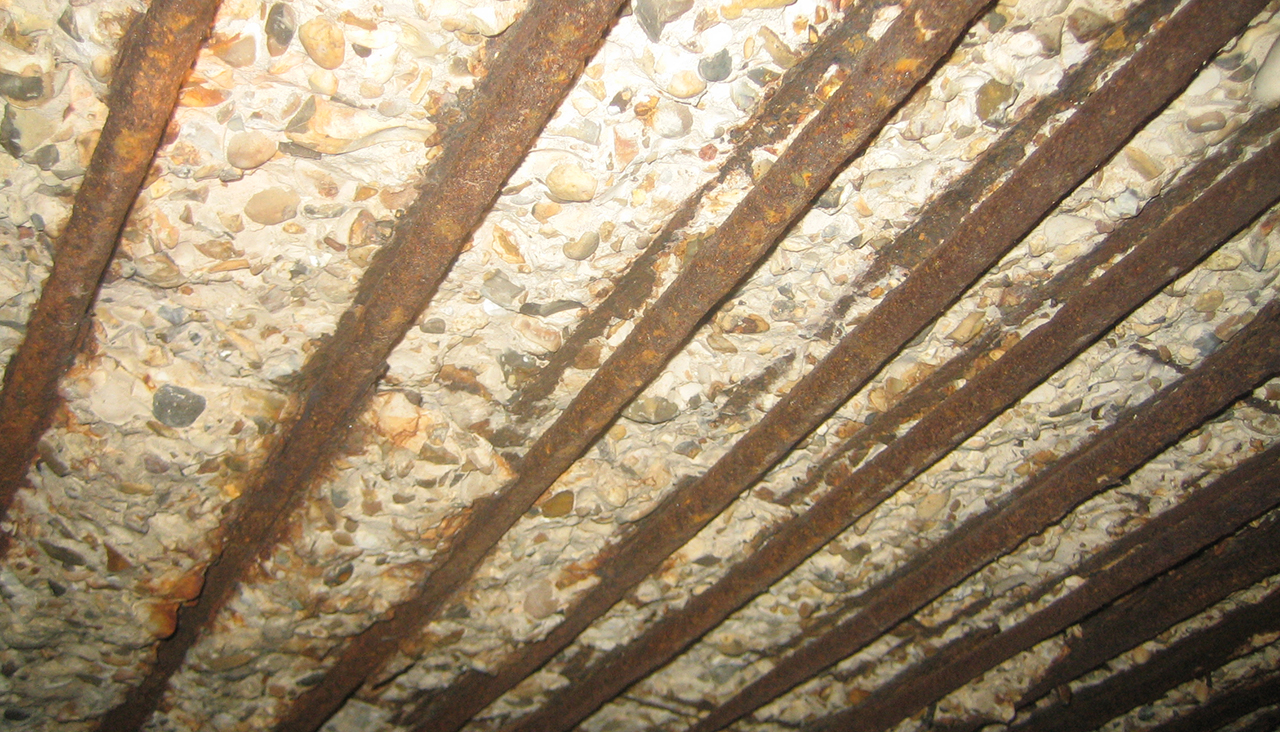
Adequate adhesion of concrete repair materials and coatings can only be achieved when correct substrate preparation has been carried out. Inadequate preparation will lead to early or eventual failure of adhesion of mortars and coatings. The mode of failure in mortars is typically a breakdown of cohesion in the substrate at or close to the bond line and inspection of debonded mortars may reveal parts of the concrete matrix adhered to the mortar. Poor adhesion of coatings will lead to localised or widespread debonding when contaminants have been left on the surface. Medium to heavy texturing of the substrate is required for adequate adhesion of mortars and although a textured surface is not essential for application of coatings, light texturing of the surface will improve adhesion.
Open Grit Blasting
Open Grit Blasting is typically used for preparation of concrete surface before repair and protective coating works are carried out to concrete facades, soffits, beams, columns etc. Grades of grit may be varied according to the texture required. Grit blasting is also used for preparation of steel reinforcement.
Pressure Washing
Pressure Washing may be used to remove surface contamination or with increased water pressure, to provide a lightly textured surface to façades etc.
Hydrodemolition
Hydrodemolition involves the use of very high water pressure to remove sections of reinforced concrete before replacement or modification works are carried out. Hydrodemolition is also used to remove spalled or otherwise damaged or defective concrete before large scale repairs are carried out, typically during civil engineering repair contracts. A benefit of hydrodemolition is that it is less likely to produce fracturing of remaining concrete than heavy breakers.
Concrete Breaking
Concrete Breakers can be used to remove concrete before patch repairs are carried out but care must be taken to avoid fracturing of remaining concrete. Breakers are not ideal for preparation of contact surfaces and large pieces of concrete may be sheared away, leaving insufficient texture. After a concrete breaker has been used it is advisable to scabble or needle gun concrete surfaces.
Scabbling
Scabbling can be used to produce surfaces with more texture than is produced by blasting. Single-headed or 3 headed scabblers are used for preparing concrete surfaces or removal of concrete in patch repairs.
Needle Gunning
Needle Guns can be used for local removal of coatings, or to produce a lighter texture than is typically achieved by scabbling.
Grit blasting or water jetting of concrete surfaces is often carried out before the commencement of the repair process. Unless the specification requires more onerous action, concrete affected by reinforcement corrosion should be removed until 50mm of uncorroded steel has been exposed and the fingers of a gloved hand can pass between reinforcement and concrete. Corrosion products should be removed in accordance with the specification, typically by grit blasting or mechanical wire brushing. When the limits of patch repairs have been determined, repair edges should be defined by saw cutting to a typical depth of 6-12mm, before removal of sufficient concrete to maintain the minimum mortar thickness throughout the repair. Concrete removal is typically carried out using light breakers or hydrodemolition. The operative should ensure that concrete surfaces are correctly textured by using a scabbler or needle gun. Peaks of concrete close to the finished repair surface should be removed to avoid the risk of reflective cracking. All loose, friable or contaminated materials must be removed before the repair process commences.
Vertical and overhead concrete surfaces should be thoroughly cleaned, by power washing if appropriate, to remove dirt and other surface contamination. Biological growth should be treated with a suitable biocide.
Reinforcement must be fully exposed where spalling has occurred until at least 50mm of un-corroded steel has been revealed and loose rust and scale must be removed from exposed reinforcement. Concrete must be removed around the full circumference of the bars so that the fingers of a gloved hand can pass behind the steel. The condition of the steel should be inspected and should be replaced as necessary. Polymer/ cement slurry primer should be applied to the cleaned steel and a further coat of primer should be applied when the concrete is primed.
When slurry primers are applied to a prepared concrete surface, the substrate should be wetted to satisfy surface porosity or if the concrete surface is very porous it should be sealed with a dilute polymer solution, such as a 1:3 dilution of Ronafix polymer and clean water. Application of slurry primer without pre-wetting or sealing is likely to result in poor adhesion or failure of adhesion. Repair materials must be applied when the slurry primer is wet or tacky. Dry primer must be thoroughly abraded or removed before re-priming. Flowable micro-concretes are often pumped into closed shutters or pumped/ poured into shutters with limited access for priming. In such cases, steel must be primed before the shutter is placed and the shutter should be filled with clean water for 24 hours approximately and drained immediately before placing of flowable micro-concrete, to ensure that the substrate remains damp.
Primers are not typically required for application of anti-carbonation coatings but very porous substrates should be stabilised or treated with diluted coating product in accordance with instructions. Priming is required before application of high build elastomeric anti-carbonation coatings and the dedicated primer or a 30% dilution of the coating must be used before application of the coating.
High build polymer modified repair mortars are lighter than standard mortars and may be applied from a thickness of 6mm to 50mm in vertical applications and 6mm to 30mm in overhead applications, thickness may be increased when mortars are applied to small pockets. The mortar should be placed on the primed surface by gloved hand or trowel and fully compacted, before finishing with a steel float. Intermediate layers of multi-layer repairs must be combed to provide a key and primed immediately before application of the next layer.
High strength polymer modified repair mortars may be applied from a thickness of 6mm to 20mm in vertical applications and 6mm to 15mm in overhead applications, thickness may be increased when mortars are applied to small pockets. The mortar should be placed on the primed surface by gloved hand or trowel and fully compacted, before finishing with a steel float. Intermediate layers of multi-layer repairs must be combed to provide a key and primed immediately before application of the next layer.
Flowable micro-concretes are pumped or poured into a watertight shutter, bleed pipes should be positioned at the bottom corners of the shutter, to expel air pockets and grout diluted with residual water. When pouring or pumping into a bird’s beak or open top shutter, bleed pipes should be positioned at the top and bottom corners and material should be pumped into a port at the bottom of the shutter. The shutter must be sufficiently strong to prevent displacement or deflection during the pour. Pumping should be continuous and material waiting to be placed should continue to be agitated. When undiluted grout seeps from the bleed pipes the pipes must be capped. The material must not be vibrated but the shutter may be tapped to displace air bubbles and may be rodded if the top of the shutter is open. The shutter may be removed after 48 hours @ 20oC, longer at lower temperatures, but the exposed material must then be protected from drying winds and frost by application of Ronacrete Curing Membrane spray applied curing agent.
Ronacrete Curing Membrane spray applied curing agent may be applied as soon as a repair is complete. Sealed polythene sheet may also be used but on windy days and/ in strong direct sunlight, plastic cracking may be initiated before polythene can be applied.
Corrosion inhibitors must be applied to concrete that is sound, clean and free from coatings, membranes etc., at least two applications are required, dense concrete may require more applications at a higher rate of dilution to ensure that the required amount of active ingredient has been absorbed. When absorption is complete, failing coats and anti-carbonation coatings may be applied without affecting adhesion.
Fairing Coats are applied to prepared surfaces at a typical thickness of 1-3mm to provide a fair faced finish to repaired concrete, surfaces should be dampened before application. minor imperfections in the finish may be removed by applying a dry sponge finish.
Cracks must be filled with a suitable acrylic crack filler to prevent loss of coating into cracks. Two or more coats of anti-carbonation coating should be applied, depending on the chosen system, by long nap roller or airless spray equipment. Attention must be paid to air humidity levels during application and during the drying period. Coatings must not be applied if rain is forecast before the coating becomes rain resistant.
Ronacrete technical department can provide technical advice about the most appropriate materials for a project. Material application guides can be produced to assist with preparation of specifications.
Ronacrete Standard Primer – polymer/ cement slurry primer
Ronacrete Rapid Primer – rapid hardening polymer/ cement slurry primer for use with RonaBond HB40 Ultra Rapid
RonaBond HB25 – polymer modified repair mortar
RonaBond HB40 – polymer modified repair mortar
RonaBond HB40 Ultra Rapid – rapid hardening polymer modified repair mortar
RonaBond Concrete Repair Mortar – polymer modified repair mortar
RonaBond Easy Skim FC – polymer modified fairing coat
RonaBond Re-profiling Mortar – polymer modified mortar
RonaBond Anti-Carbonation Coating WB – water based acrylic coating
RonaBond Crack Bridging Anti-Carbonation Primer S – solvent based primer
RonaBond Crack Bridging Anti-Carbonation Primer WB – water based primer
RonaBond Crack Bridging Anti-Carbonation Coating WB – water based elastomeric acryl/ siloxane coating
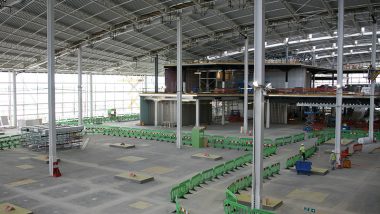
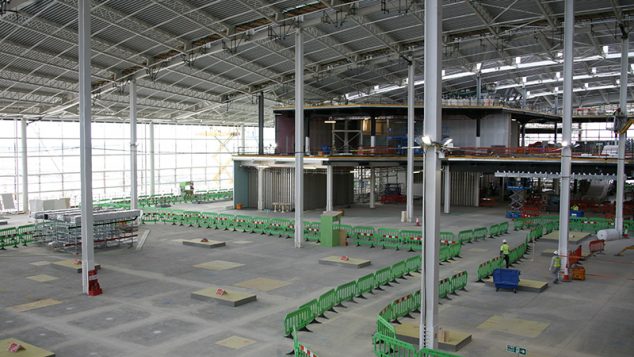
RonaScreed FastDry Prompt – benefits and drying
RonaScreed FastDry Prompt (formerly RonaScreed 8 Day Overlay) is so-called because it is a fast-drying screed additive which enables a 50mm thickness of 3:1 sand/ cement screed to be overlaid with moi ...
Read more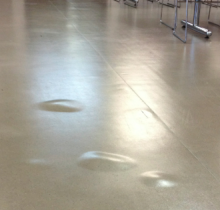
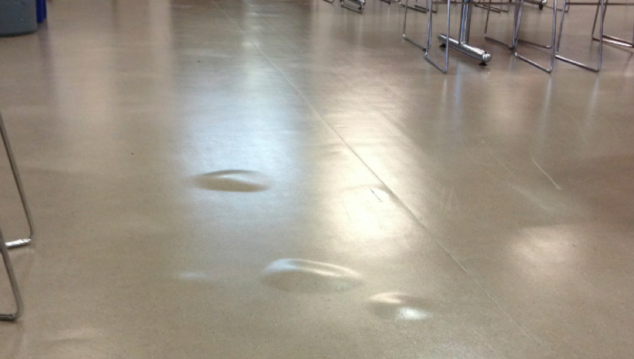
BS 8204-1 “Concrete bases and cementitious levelling screeds to receive floorings — Code of practice” section 6.11.1 suggests the following calculation for drying of screeds with no fast drying additi ...
Read more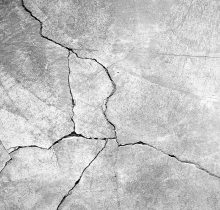
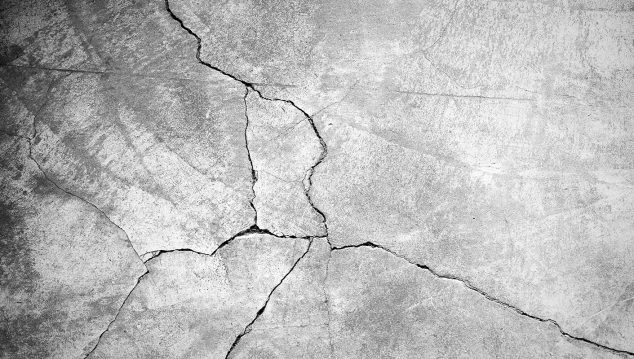
Avoidance/ Mitigation Of The Effects Of Common Forms Of Cracking In Cementitious Screeds
Aggregate is usually 0–4 mm and is mixed with cement in the ratio of 1:3 or 1:4 cement to sand, depending on strength requirements and drying requirements. For total screed thicknesses in excess of 50 ...
Read moreHere to help...